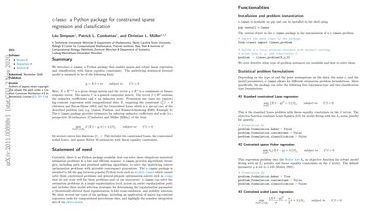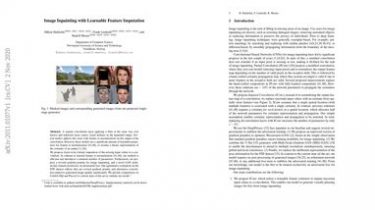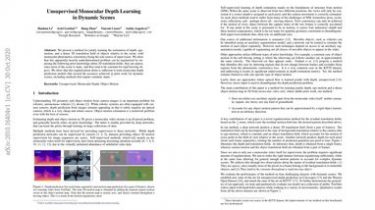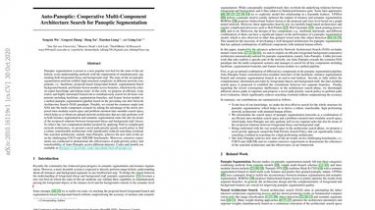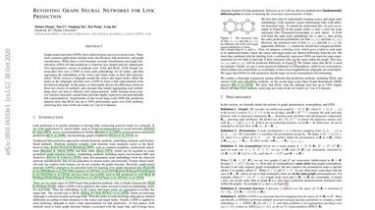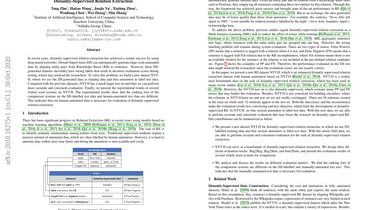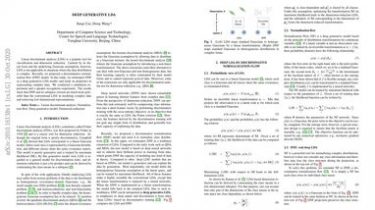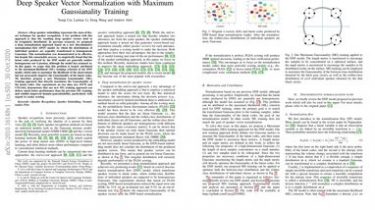c-lasso — a Python package for constrained sparse and robust regression and classification
We introduce c-lasso, a Python package that enables sparse and robust linear regression and classification with linear equality constraints. The underlying statistical forward model is assumed to be of the following form: [ y = X beta + sigma epsilon qquad textrm{subject to} qquad Cbeta=0 ] Here, $X in mathbb{R}^{ntimes d}$is a given design matrix and the vector $y in mathbb{R}^{n}$ is a continuous or binary response vector… The matrix $C$ is a general constraint matrix. The vector $beta in […]
Read more